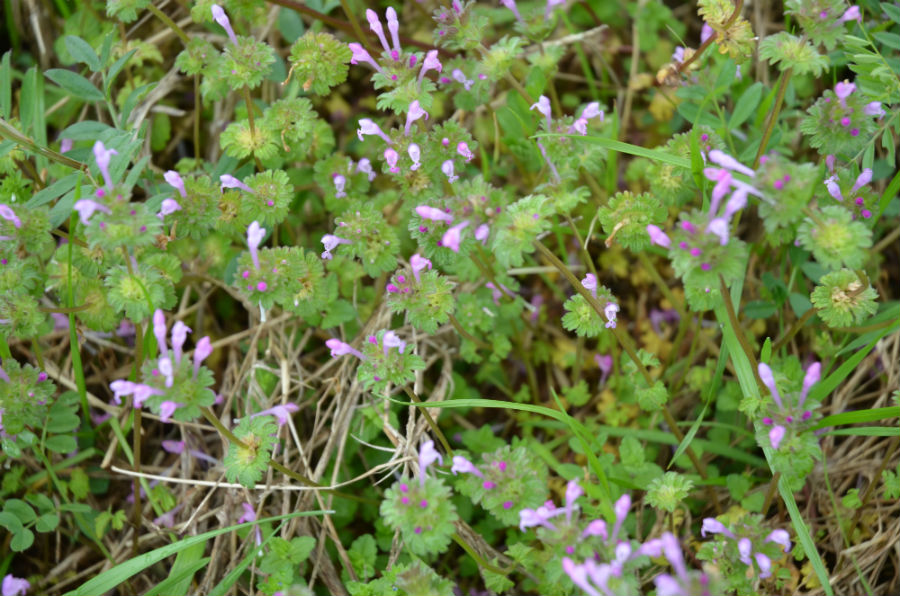Make this the best season for pasture recovery

Biennial thistle rosettes are prime targets for fall control.
Biennial thistle rosettes are prime targets for fall control.
Although many pastures affected earlier by grazing or weather-related stress ultimately received some relief, moisture alone does not overcome stress. Recovery requires a strategic approach. And fall is an excellent time to move along the healing process.
“Weeds are very opportunistic and will quickly appear with moisture,” says Scott Flynn, field scientist with Corteva Agriscience™. “Change happens fast. The voids left by declining grass from drought and grazing pressure are prime spots for invasion.”
Begin by assessing the current state of your pastures and how grazing lands have been affected. Here are some questions and considerations:
“It is important to be aggressive against weeds to reduce competition for moisture and nutrients,” Flynn says. “Not unlike an early spring application, grasses respond to weed control and put on growth for later availability. Without weed control during periods of moisture relief, such as late summer or fall, weeds capture the site and put even more pressure on the grass base that was struggling through the dry period.”
 Controlling winter annuals, such as henbit, during the fall helps preserve moisture to aid grass recovery
Controlling winter annuals, such as henbit, during the fall helps preserve moisture to aid grass recovery
DuraCor is an excellent fall treatment option. It controls more than 100 broadleaf weeds, including biennial weeds, such as musk, bull and plumeless thistle and knapweeds; perennial Canada thistle; and other weeds, including winter annuals. If wild carrot is in the weed mix, go with Chaparral, which will control all the weeds controlled by DuraCor, and more.
“In addition to doing a really good job controlling all types of broadleaf weeds, DuraCor and Chaparral provide soil residual control help prevent re-infestations,” says Flynn. “This extended control will help stop weeds into next spring, preserving moisture and allowing grasses to get a head start on the weeds.”
Post-stress grazing management is just as important as it is during times of stress. The importance of managing stocking rate to boost grass recovery cannot be overstated. Don’t rush to restock. Overgrazing during this critical recovery phase will do additional harm and make recovery more difficult.
“Reducing grazing pressure and weed control work together during drought recovery,” Flynn says. “There’s no way you can separate the two. With a strategic plan to manage weeds and stocking rates, you can feel confident you’re doing the best job possible to help your grazing acres return to full productivity.”
Under normal field conditions, DuraCor® is nonvolatile. DuraCor has no grazing or haying restrictions for any class of livestock, including lactating dairy cows, horses (including lactating mares) and meat animals prior to slaughter. Label precautions apply to forage treated with Chaparral or DuaCor and to manure from animals that have consumed treated forage within the last three days. Consult the label for full details.
™®Trademarks of Corteva Agriscience and its affiliated companies. Chaparral and DuraCor are not registered for sale or use in all states. Contact your state pesticide regulatory agency to determine if a product is registered for sale or use in your state. Always read and follow label directions. ©2021 Corteva